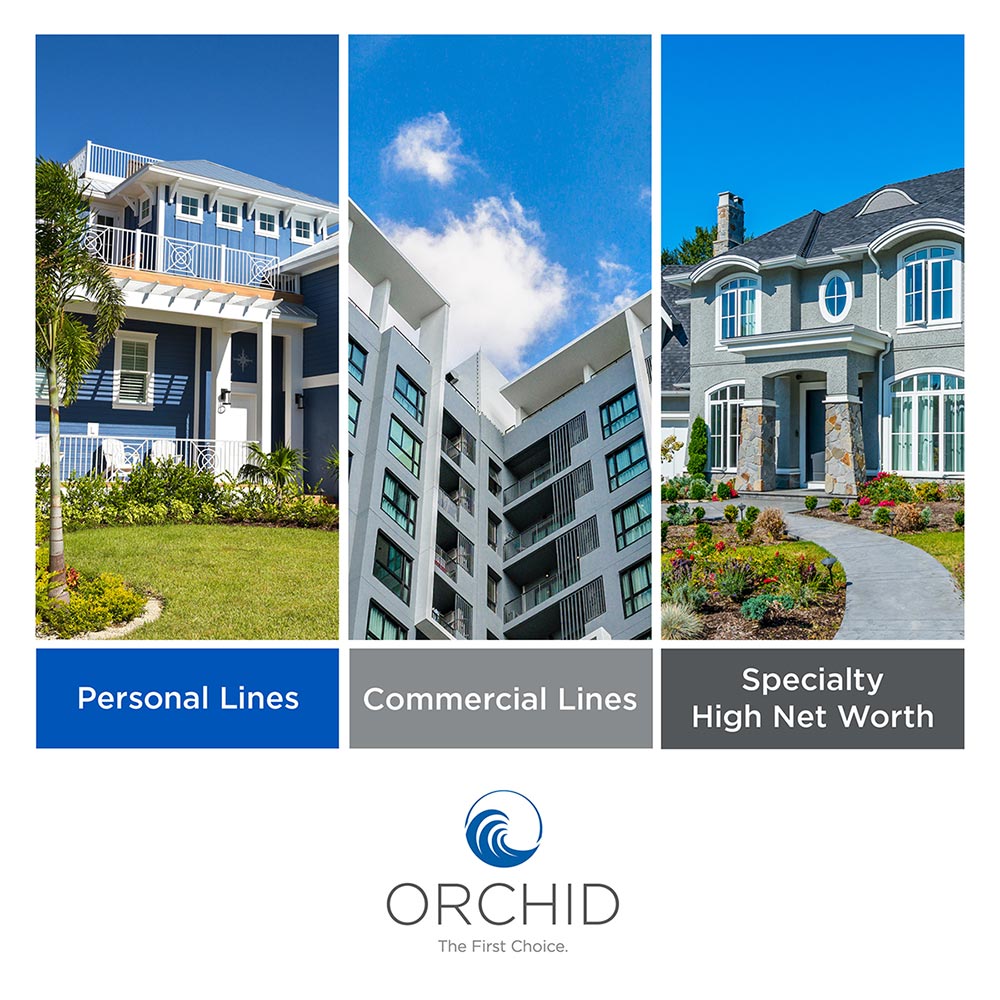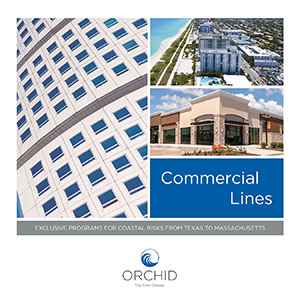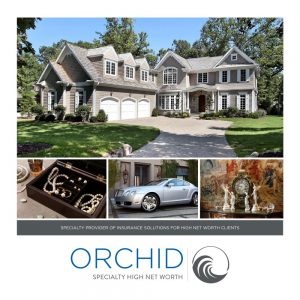When a commercial property is under construction or renovation, there are a variety of property and liability risks that need very specific coverage until the property is complete. Likely damages such as fire or loss of construction material due to high winds will not be covered under a standard policy, hence the crucial need for a Commercial Builder’s Risk policy.
Builder’s Risk Coverage Basics
The International Risk Management Institute, Inc. (IRMI) defines Builder’s Risk as:
“A property insurance policy that is designed to cover property during the course of construction. There is no single standard builder’s risk form; most builder’s risk policies are written on inland marine (rather than commercial property) forms.
Coverage is usually written on an all risks basis and typically applies not only to property at the construction site but also to property at off-site storage locations and in transit.
Builder’s risk insurance can be written on either a completed value or a reporting form basis; in either case, the estimated completed value of the project is used as the limit of insurance.”
The policy protects against hazards such as fire, lightning, windstorm, hail, vandalism, and malicious mischief. Extensions can be added to cover building material off-site, during transit to the job site or on-site prior to installation. The form covers building components such as foundations, fixtures, building materials, machinery, and debris removal in the event of a loss.
Builder’s Risk can be written on a completed value or reporting form basis. Completed value is the most common form. Regardless of which form the customer chooses, the estimated completed value is used as the insuring limit.
There can be residential and commercial policies. Residential builder’s risk policies are usually defined as 1 – 4 family homes. Commercial policies will typically be anything larger.
Who Needs Commercial Builder’s Risk
Any person with a financial interest in a construction project needs coverage.
This could be the property owner, as well as the general contractor, or possibly subcontractors. Lenders financing the project usually require coverage and will be asked to be an additional insured on any policies. Sometimes architects and engineers may be named as well. Others who may have an interest in builder’s risk policies include:
- Builders
- Contractors
- House Flippers
- Developers
- Retail Companies
- School Districts
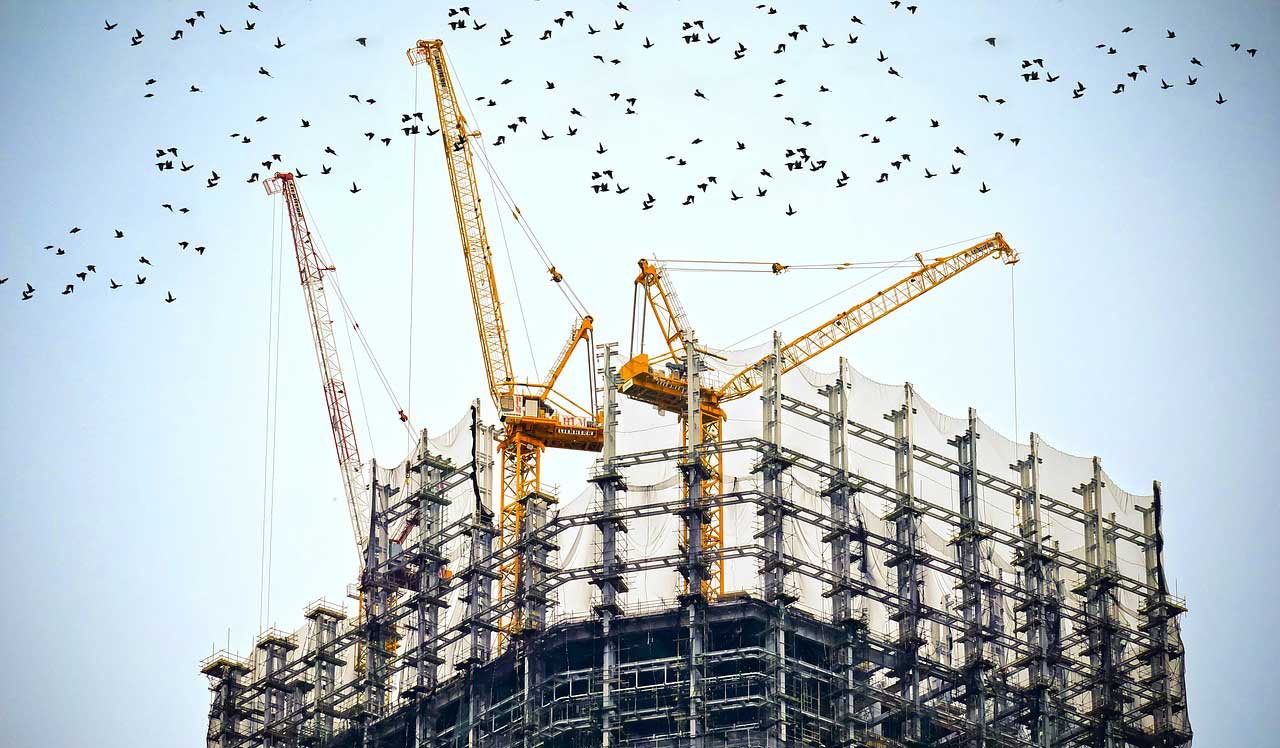
Coverage Options
Time Element Coverage
There are countless reasons why a loss could occur during construction, causing a ‘business interruption’ and delaying the estimated completion date. The time of delay, while the claim is being settled, is called the “period of indemnity” or “period of restoration” and determining this period of loss can be difficult. Time element coverage solves this issue. This coverage includes business interruption as well as extra expenses incurred as a result of the loss.
Imagine a contractor who may be bonused by completing a project by a certain date. The time lost during a builder’s risk claim could endanger their profit.
Rental Value Coverage
During the period of restoration, there may be a loss of rents. A rental value endorsement would cover this gap in rental income. If the insured uses the property rather than rents, this coverage provides the fair rental value of the property.
Soft Cost
This is a construction industry term. “Soft Costs” refer to an expense item not directly related to construction costs. Soft costs include architectural, financing, engineering and legal fees.
For commercial builder’s risk, there are 10 different types of soft costs that can be included in the policy: advertising, real estate taxes, general administration, design fees, professional fees, financing, lease administration, lease expenses, permit fees, and insurance premiums. A soft cost endorsement protects against an increase in these costs during the time of loss.
Defective Work
Defective work is excluded from builder’s risk forms. Some policies will have an ensuing loss provision to cover damage caused by faulty workmanship. If an insured asks for this type of coverage, make sure you are familiar with the terms of the policy and the provision is included.
Importance of Builder’s Risk
Getting insureds to understand the importance of a Commercial Builder’s Risk policy is not an easy task. Sometimes providing them with real-life scenarios can make understanding easier. Here are some examples to help you drive the conversation.
- Onsite equipment theft. Thieves often target job sites because of expensive equipment and metals such as copper that can easily be resold.
- Fire damage to structures under construction. A Builder’s Risk policy will cover any damage due to fire; it will also cover the cost of debris removal and clean-up to resume construction.
- Vandalized structures. Theft may not occur, but vandals may damage equipment and materials on a job site.
- Weather damage. Buildings under construction will not withstand the elements as easily as completed buildings; they are more susceptible to damage. Make sure you understand and ask about coastal exposures. Special endorsements may be needed depending on geography.
Hard To Place Risks
Be aware of gaps in standard Commercial Builder’s Risk policies. Coverage for earthquakes, flood, and/or wind (in coastal areas) may need to be added to fill those gaps.
Additional extensions may also apply for ordinary wear and tear, acts of terrorism, employee theft, rust and corrosion, mechanical breakdowns, and damage resulting from faulty design, planning, workmanship, and materials.
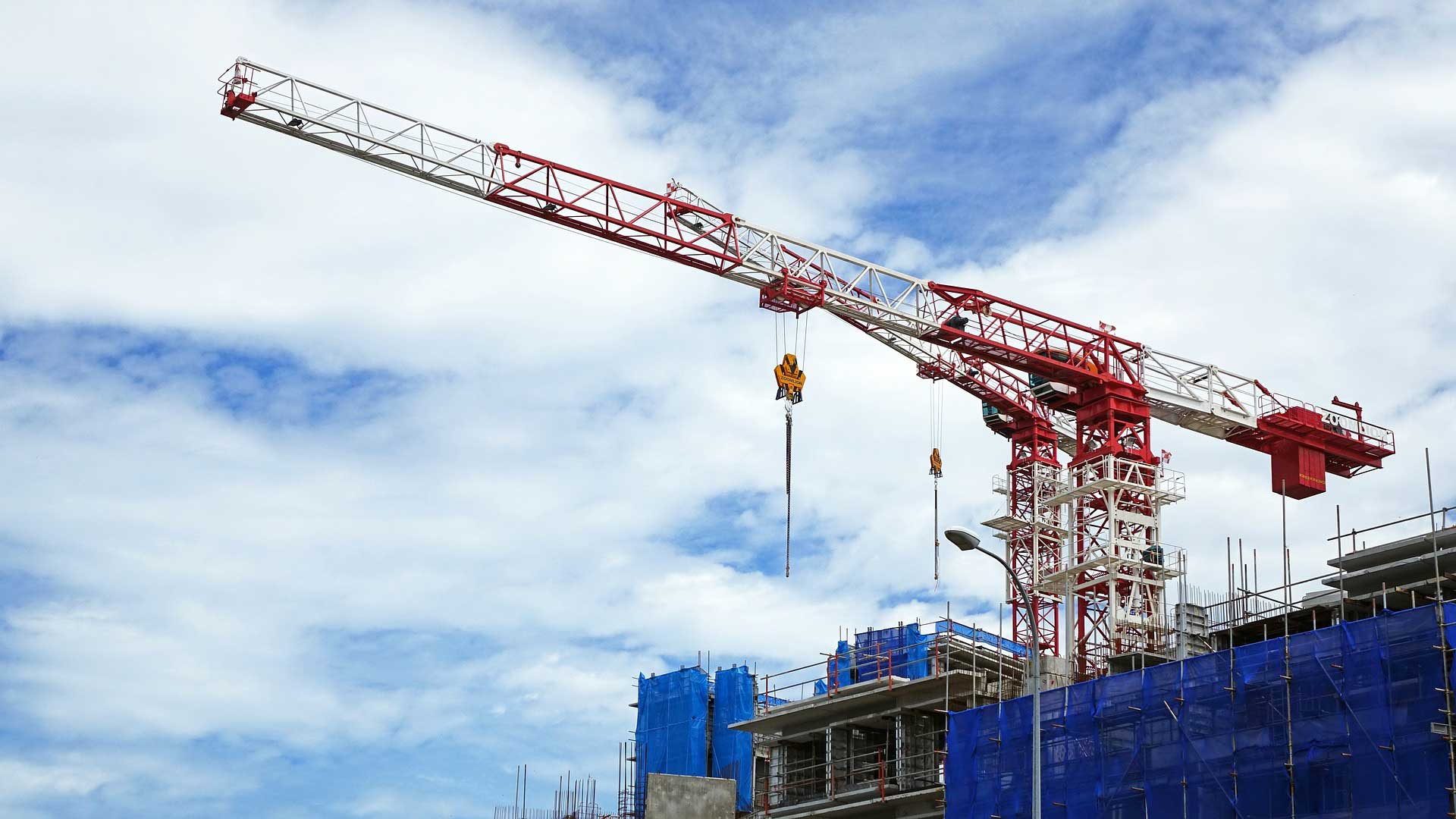
Builder’s Risk Coverage Forms
Commercial Builder’s Risk policies can come in 3 different forms:
- Location-specific
- Reporting Form
- Blanket Form
The location-specific form is the most common policy because it covers a single project at one specified location. Reporting and blanket forms are designed for more complex projects. They will enable a client to insure multiple projects under one form.
Policy Gaps
It’s important to know that Builder’s Risk policies are for property only. They are designed only to cover damage to property and the potential side effects of property loss such as business income or extra expenses.
Liability is not covered under a commercial builder’s risk form. Liability is covered separately through other policies such as General Liability policies, Commercial Package Policies, or Business Owner policies.
A builder’s risk policy will not include coverage for property of others or accidents that occur on job sites. All coverage ends when the building process is completed or the property is occupied.
Builder’s Risk Insurance Cost
There are multiple factors that make up the premium cost of a Builder’s Risk premium. The type of project, the location, and the construction determine the ultimate premium costs.
A good rule of thumb when discussing with contractors is to expect premiums to be 1 – 4% of the total project cost. This is a good way to ballpark a rate while you investigate the risk and other underwriting issues. For example, if the project is $100,000, the premium will probably be between $1000 – $4000.
There are other factors that will impact premium costs. Renovations tend to cost more than coverage for new construction. The location of the risk will impact the cost due to history of weather claims, or vandalism and theft in the area. On the other hand, higher quality construction materials could translate into lower premiums. For example, a steel constructed project will resist more damage from weather or vandalism than a wood structure.
Commercial Builder’s Risk Summary
There may be more opportunities for you to sell this coverage than you realize. If you work with any general contractors, or do any bond work, there is probably an opportunity to sell Builder’s Risk policies.
Like any coverage, understand your market and the potential risks a customer’s project may entail, so you can provide comprehensive coverage to protect their business and investment.
Orchid has been offering Builder’s Risk policies for almost two decades. Our specialized teams understand the underwriting requirements that are specific to each state. The next time a Builder’s Risk inquiry comes your way, come to Orchid Insurance to find the best coverage/price combination and unmatched customer service.
Call our Commercial Lines experts at 772-257-7977 for more information or submit your risk through our Commercial Builder’s Risk online application.


